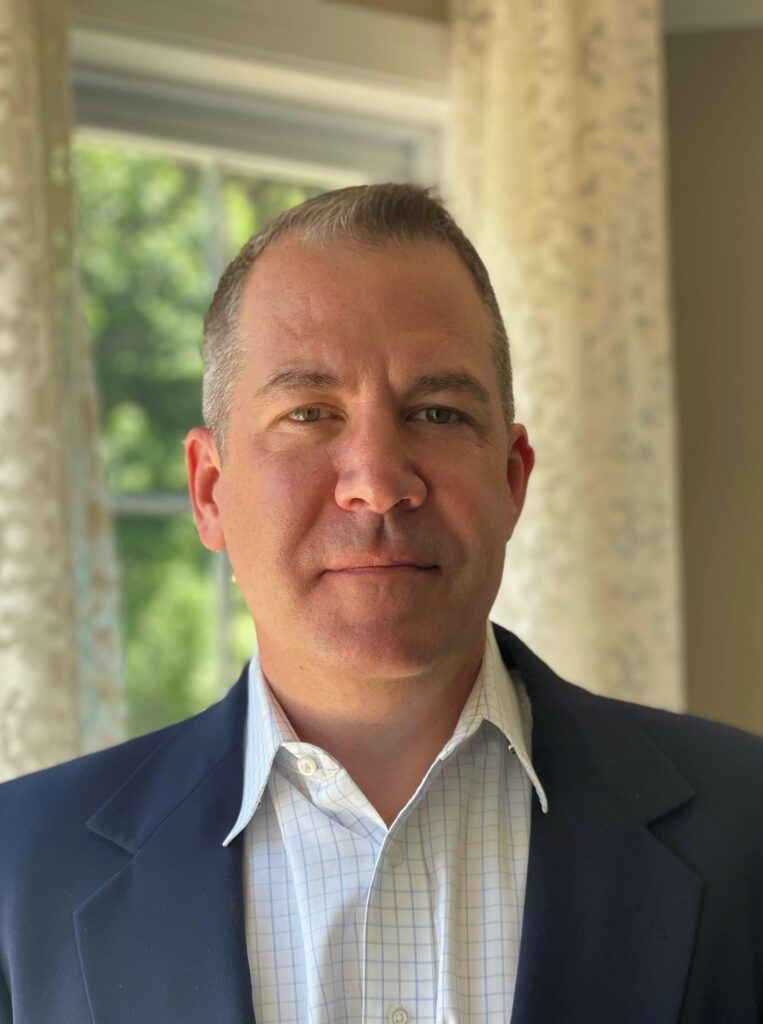An Informative Q&A with Jonathan Cherry, Global Project Leader
Our research efforts at PTC are focused on two scientific platforms – splicing and inflammation and ferroptosis – where PTC has unique expertise to discover and advance innovative therapies to the clinic.

We recently sat down with Jonathan Cherry, Global Project Leader, to learn more about ferroptosis and how it relates to Friedreich’s ataxia (FA).
How is ferroptosis involved in FA?
Jonathan: FA is a rare, genetic, progressive neuromuscular disease that mainly affects the nervous systems causing muscle weakness and loss of balance and coordination. It is usually caused by the loss of a protein called frataxin which is involved in iron metabolism and essential for proper function of mitochondria, the powerhouse of all cells in the body.
When the mitochondria are not working correctly, cells become stressed and there is an accumulation of iron and reactive oxygen species. Together these initiate a feedforward cycle of inflammation that eventually triggers ferroptosis which causes the stressed cells to die. In FA, this results in the loss of nerves and muscle.
What investigational treatments are in clinical development that originated from this platform?
Jonathan: We have completed MOVE-FA, the phase 3 study of vatiquinone, an investigational treatment for FA. While the trial did not meet its primary endpoint, vatiquinone did demonstrate significant benefit on key disease subscales, including the upright stability subscale of mFARS, which is predictive of time to loss of ambulation, one of the key aspects of disease morbidity in FA patients. We plan to submit an NDA with data from the MOVE-FA study as well as data from a long-term extension study in late 2024.
Vatiquinone is intended to break the feedforward cycle of inflammation, prevent ferroptosis, prevent the death of nerves and muscle cells and preserve their function, slowing disease progression in FA.
What is the moment you’re most proud of when reflecting on the development journey of these programs?
Jonathan: As leader of the vatiquinone team, I have had the privilege to represent PTC with the patients. Working to bring treatment to patients with rare disease is rewarding enough, but it really hits home when you are working to develop treatments for children with no other options. I hope that we can succeed and make a real difference in people’s lives.
Can you tell us about the teams working on these programs?
Jonathan: The vatiquinone team has over 20 members throughout the U.S., Europe, and Japan. In addition, we are working closely with health care providers at 14 clinical care sites and in 9 countries (U.S., Australia, Brazil, Canada, France, Germany, Italy, Spain and New Zealand).